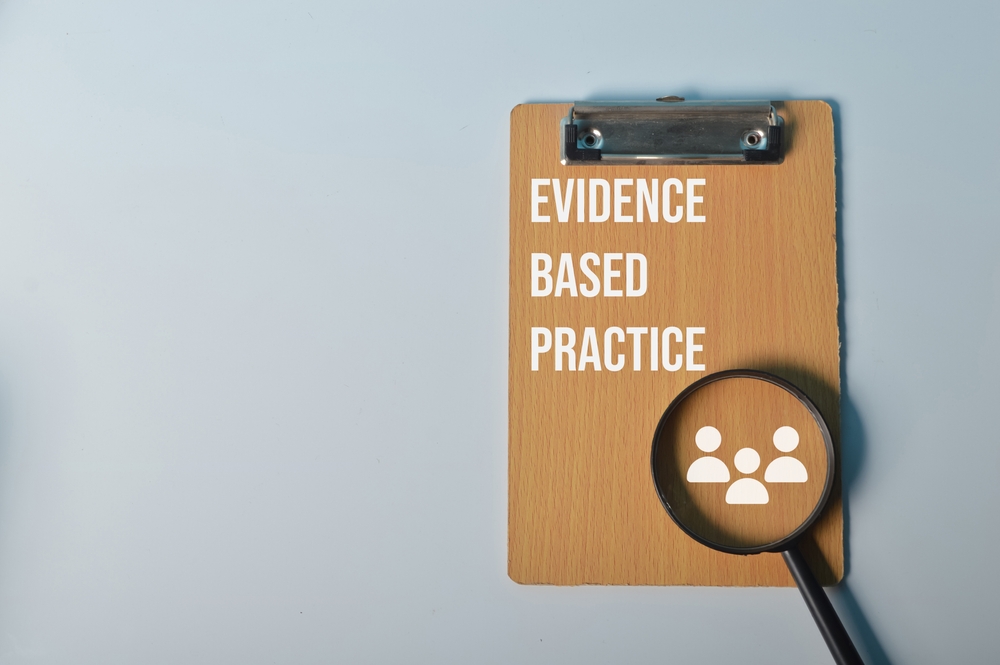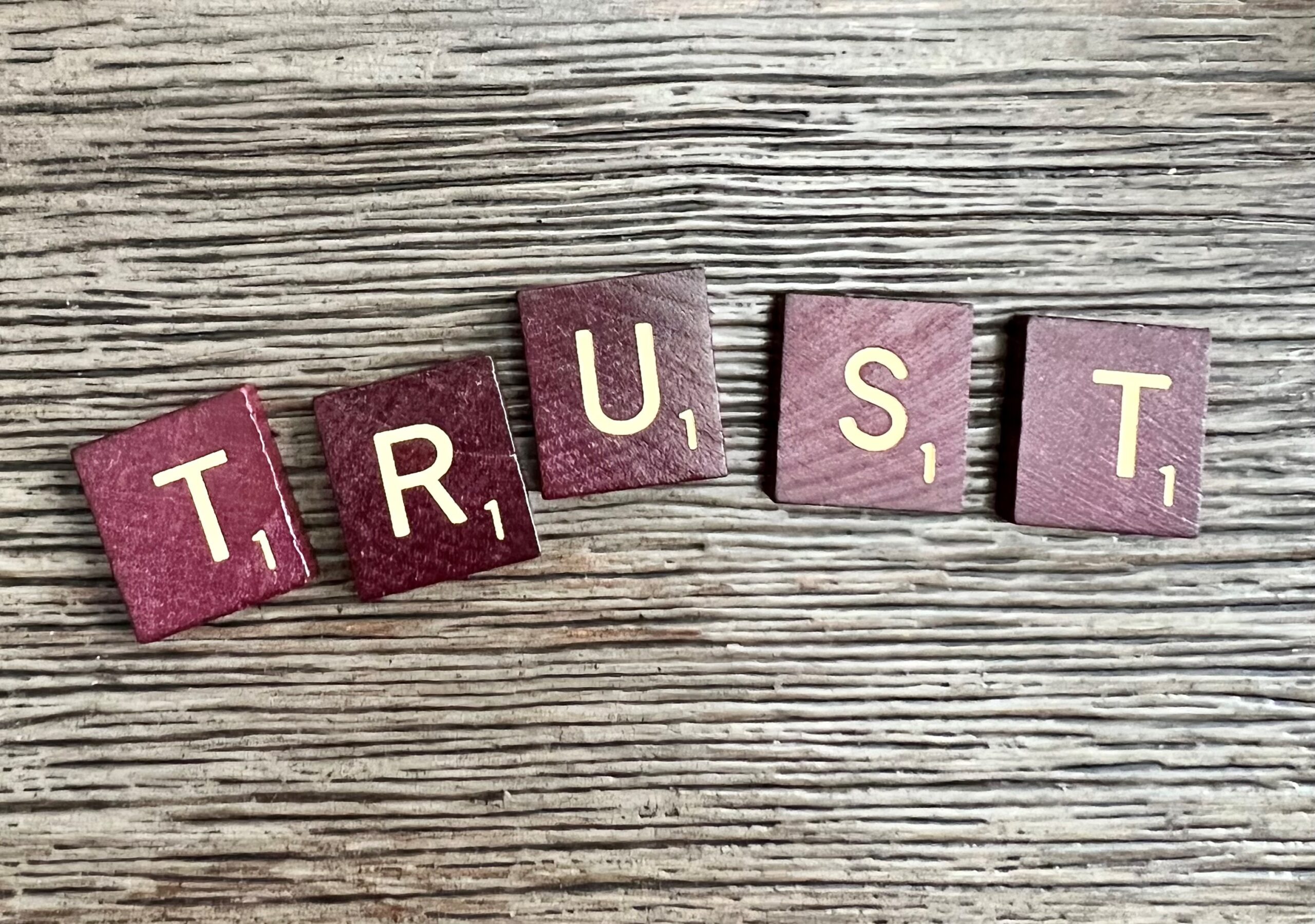Centre for Evidence Based Medicine tools: step by step
Posted on 5th March 2014 by Ammar Sabouni

The Centre for Evidence Based Medicine provides a great set of resources to help in carrying out the Evidence-Based Medicine (EBM) process; these tools have been previously reviewed here, and here.
In this review we’re going to take a closer look at each one of these steps.
Is it for me?
This should make your life easier if you have something specific you want to do within the EBM process; just skip to the appropriate heading and see what resources are available; this may well prove worthwhile even for those who are not new to EBM.
How long is it going to take?
Depending on what you want to do the calculators/software/guides will save you time on whatever it is you want to get done within the EBM process, so definitely less time than what it was going to take!
Steps in detail
The very first step on the road to getting your practice evidence-based is asking the correctly focused question – with tips on how to form your question, full with examples and a link to different question types (Educational Prescription Table) just what you need to get started.
2. Finding the Evidence
After establishing what your question is going to be, and making sure it is well formed – the guide to forming PICO questions will help with that – you are ready to start looking for the Evidence.
The tools contain a well headed list of primary and secondary resources and will give you an idea on what order you should try these resources in.
This section is further divided into 5 smaller sections:
- Study Designs
- Explanations and Examples
- Critical Appraisal Sheets
- EBM Calculators
- CATmaker
Being able to critically appraise the evidence is a fundamental part of EBM, starting with the CATmaker which is software you can download to your PC which will help you fully construct a critical appraisal from start to finish.
The Critical Appraisal sheets are available with a number of translations and for different study types; study designs are also explained in a helpful manner to help you decide which sheet you need.
Within the tools also are calculators ranging from all-purpose 2×2 Table Calculators to calculators with more specific purposes (Confidence-Interval/Hazard Ratios).
A very helpful part of the resource is the Explanations and Examples; Number Needed to Treat and Likelihood Ratios are just some of what is well explained in this section along with examples.
4. Making a Decision
The goal of all this is to of course in the end reach a decision, defining the population, and understanding the biases are what you will have to do before deciding what is best though. To be able interpret these findings and apply them to your patient.
Concepts such as P-value are also explained so that you may be able to comfortably put it all together.
5. Evaluating Performance
Essential to the process of learning and improving our quality of healthcare is our ability to correctly evaluate our performance; things you may want to consider, along with different methods to achieve this are also outlined.
6. Designing Research
Based on a study published in the BMJ in 2007 [1], this part of the resource is dedicated on how you can graphically represent any study using what is called a PaT Plot.
Running and using a PaT plot with a complete online guide to utilizing it are also provided. Using this straightforward program you will be able to make a graphical depiction of any randomized trial; once made it is easy to understand and makes comparison between different arms of a trial much easier.
All in all a valuable set of resources with plenty of tools to help you on the way to EBM, well worth your time!
Link:
Resources:
[1] Graphical method for depicting randomised trials of complex interventions
BMJ (2007) Jan 20; 334 (7585) : 127-9
Perera R, Heneghan C, Yudkin P




No Comments on Centre for Evidence Based Medicine tools: step by step
Hi what you consider as Evidence Based Medicine today is not EBM, but MBE only, Medicine Based Evidence .Ayurveda emphasises upon the practice of real Evidence Based Medicine .bEST REGARDS, Dr.Remya Krishnan MD PhD (Ayurveda)
25th July 2014 at 10:00 amHi Remya! So Wikipedia tells me that “Ayurveda” is a form of traditional medicine; care to elaborate on why you think it is Evidence Based?
25th July 2014 at 10:32 amHi Google my slide share powerpoints to know that.Type Remya Krishnan slide share powerpoints. Thankyou
7th January 2016 at 5:36 amBrilliant, thanks for letting us know!
7th March 2014 at 9:15 am